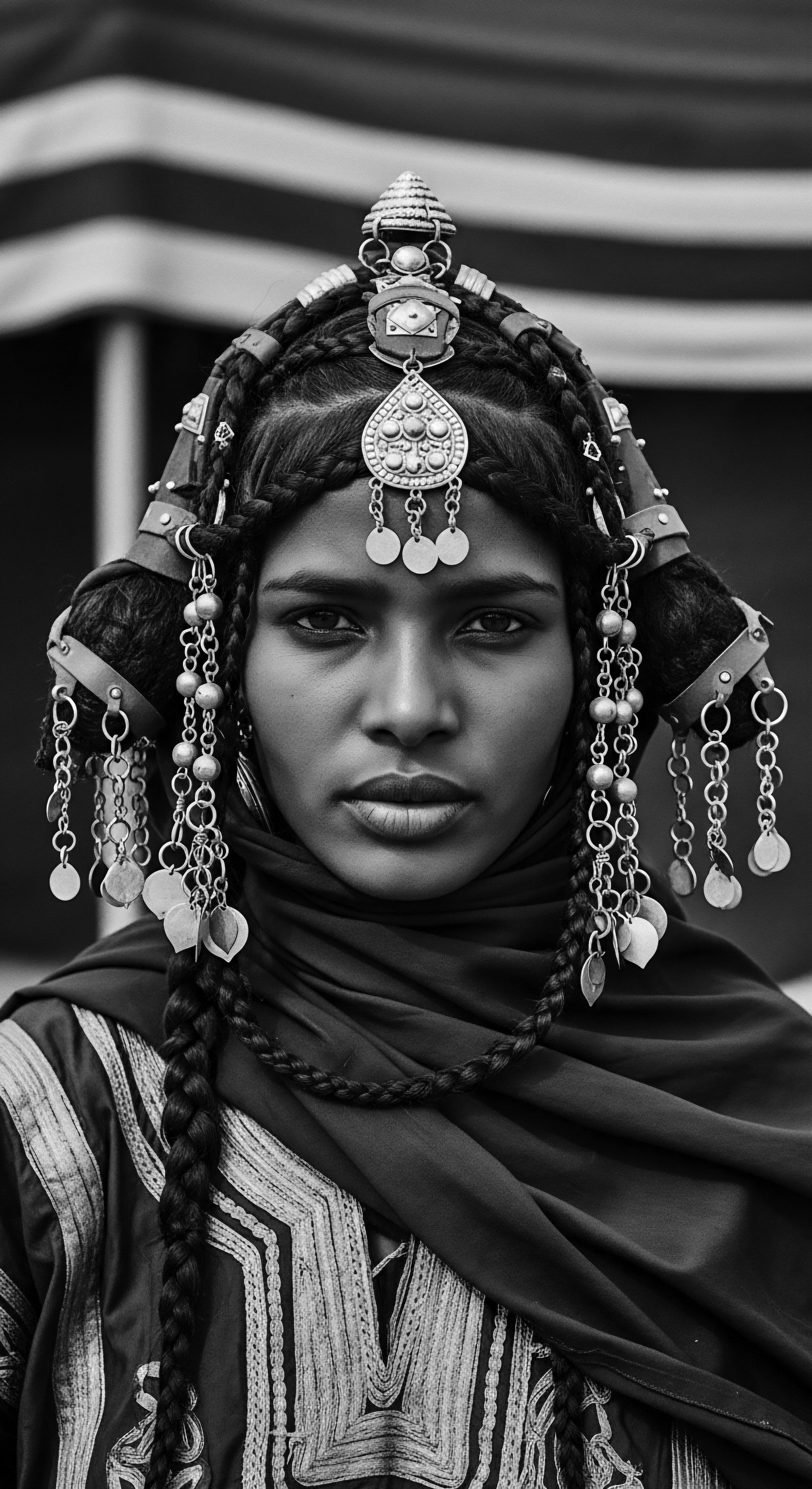
Roots
To journey into the heart of textured hair is to trace a living ancestry, a profound current flowing from antiquity through present days. It is to perceive the strands not simply as biological constructs, but as vessels of memory, tradition, and enduring spirit. Every coil, every ripple, every tightly spun curl carries echoes of distant drumbeats, whispers of generations who understood hair as a language, a map, a declaration.
This exploration of ancestral hair traditions persisting today invites us to consider a heritage intertwined with identity, community, and an inherent understanding of holistic well-being. We seek the unbroken lineage, the ways the wisdom of our forebears continues to shape our routines, our aesthetics, and our very perception of self.
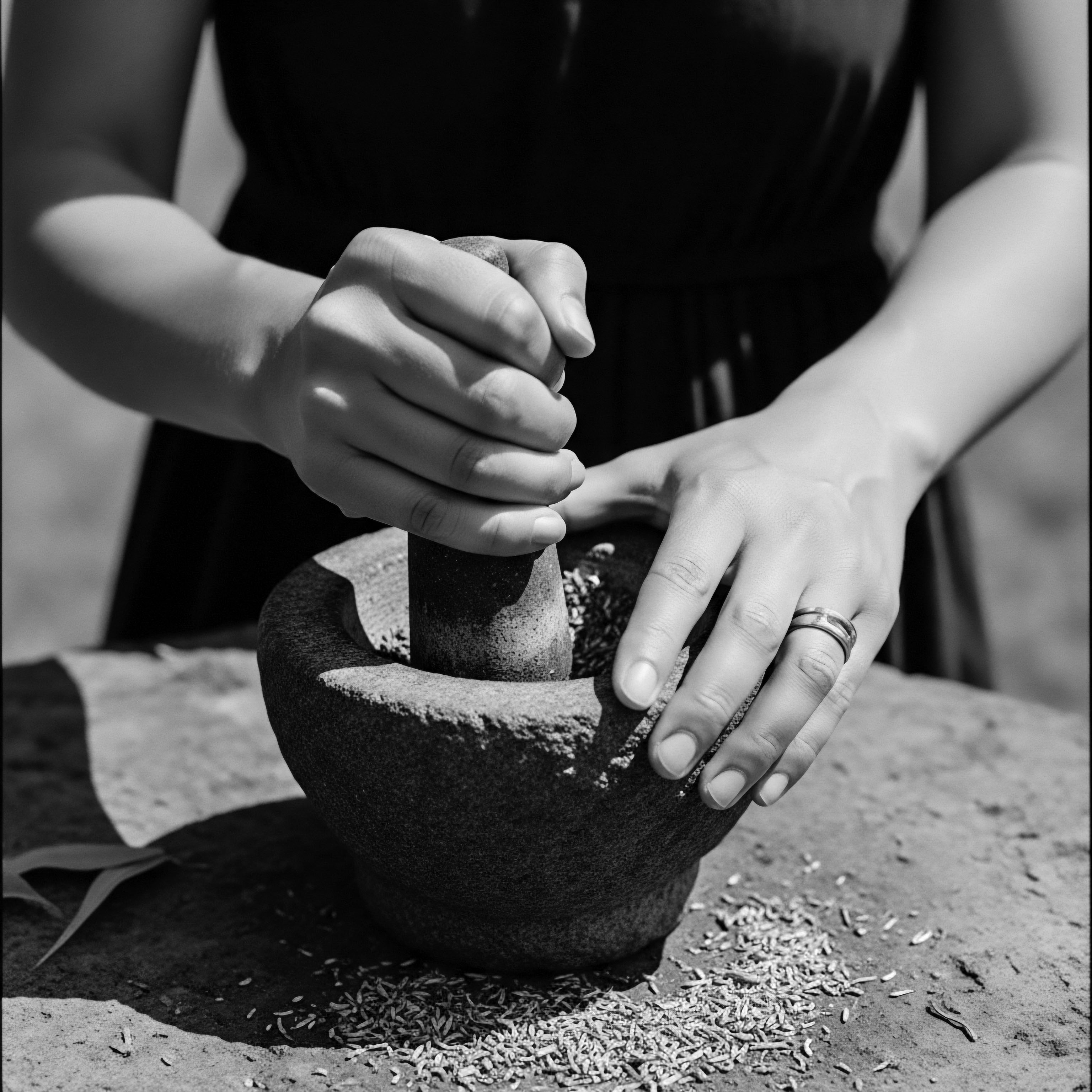
What does Ancestral Knowledge Reveal about Textured Hair’s Fundamental Biology?
The very structure of textured hair, often characterized by its elliptical cross-section and numerous twists along the shaft, inherently defines its needs and resilience. Ancestral wisdom, long before modern microscopy, intuitively grasped these properties, recognizing the hair’s propensity for dryness and its requirement for specific care. This understanding was not born of abstract scientific inquiry, but of generations of lived experience, observing the hair’s response to various environments, ingredients, and manipulation. The knowledge was practical, handed down through hands that knew the feel of the strand, the way it thirsted for moisture, and the protective embrace of certain styles.
Ancient African societies, for example, understood textured hair as a distinct entity, deserving of specialized care and styling. The very fragility, sometimes noted in scientific literature, has long been countered by ancestral practices focusing on nurturing and safeguarding the hair’s integrity.
Consider the deep roots of nomenclature. While contemporary systems classify hair types with numbers and letters, ancestral communities possessed their own rich lexicon, often imbued with cultural significance. The Yoruba people, for instance, called cornrows ‘kolese’, meaning “a creature without legs,” or more generally, ‘Irun Didi’, with ‘Irun’ meaning hair and ‘Didi’ referring to the style.
Such terms speak to an intimate relationship with hair, seeing it not as an object, but as something alive, dynamic, and connected to the broader world. This naming reflects a deep connection, a way of grounding practices in specific cultural contexts.
Ancestral hair traditions endure as a testament to the profound connection between textured hair, cultural identity, and communal wisdom across generations.
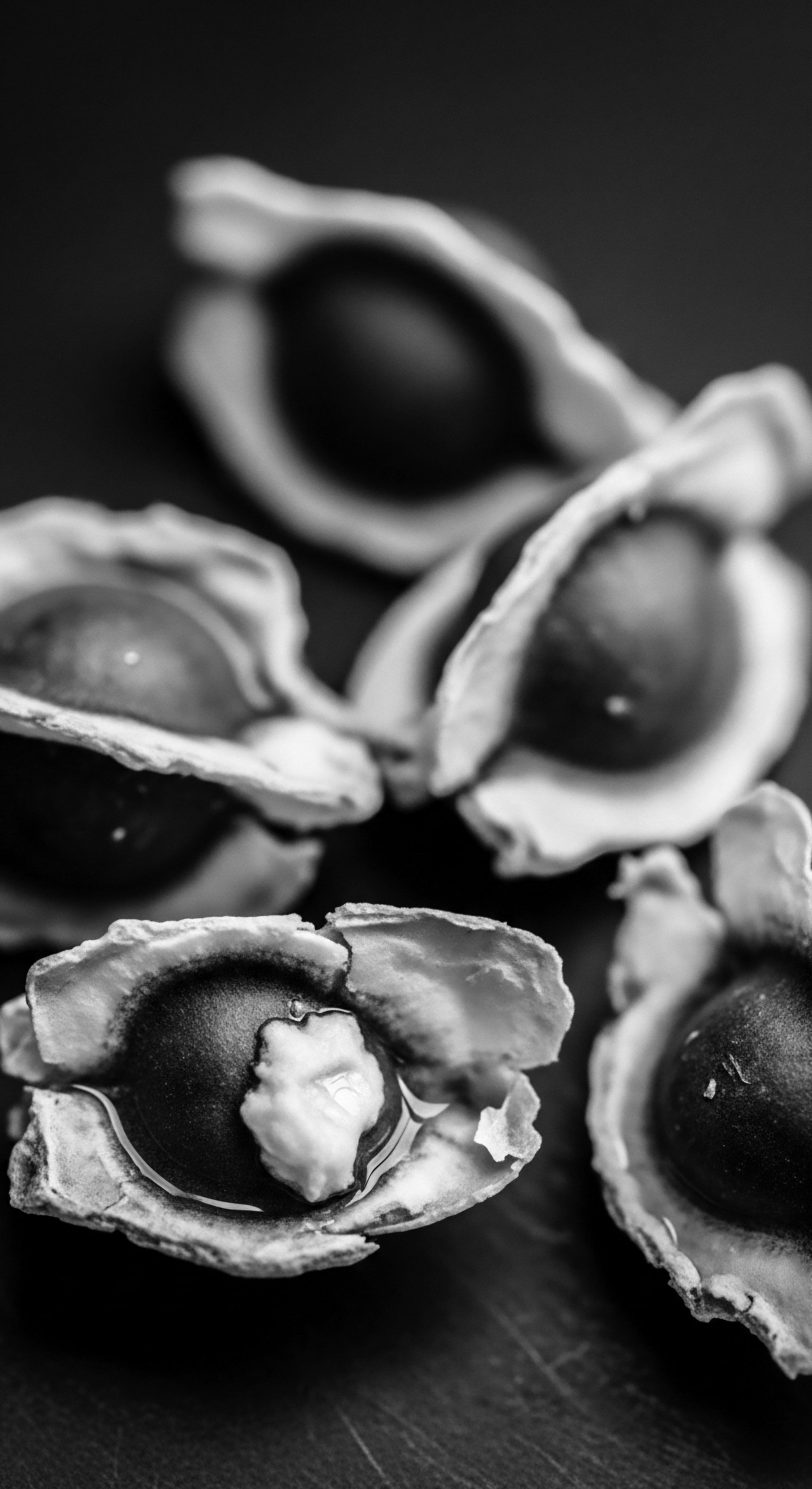
How does Ancient Understanding Influence Modern Hair Classification?
While modern hair science offers detailed classifications based on curl pattern, density, and porosity, these systems can sometimes overlook the profound cultural context within which textured hair has been understood and celebrated for millennia. Ancestral practices, in their own way, implicitly categorized hair based on how it responded to certain treatments, how it held a style, or even what it signified about an individual’s place in society. Hair was not just about biology; it served as a social marker.
In many ancient African societies, hairstyles conveyed messages about one’s Tribe, Age, Marital Status, Wealth, or even Religious Beliefs. This goes beyond mere aesthetic preference, placing hair within a framework of social communication and collective identity.
The resilience of textured hair, often misunderstood by dominant beauty paradigms, was a central tenet of ancestral care. The tight curl patterns and internal structure, while making the hair prone to dryness, also provided a unique canvas for intricate, protective styles. These styles, developed over millennia, were not just decorative; they served to maintain the hair’s condition, retaining moisture and shielding it from environmental stressors. The wisdom in these practices, born from necessity and a deep observation of natural hair, laid the groundwork for what modern hair care seeks to achieve ❉ strong, healthy hair.
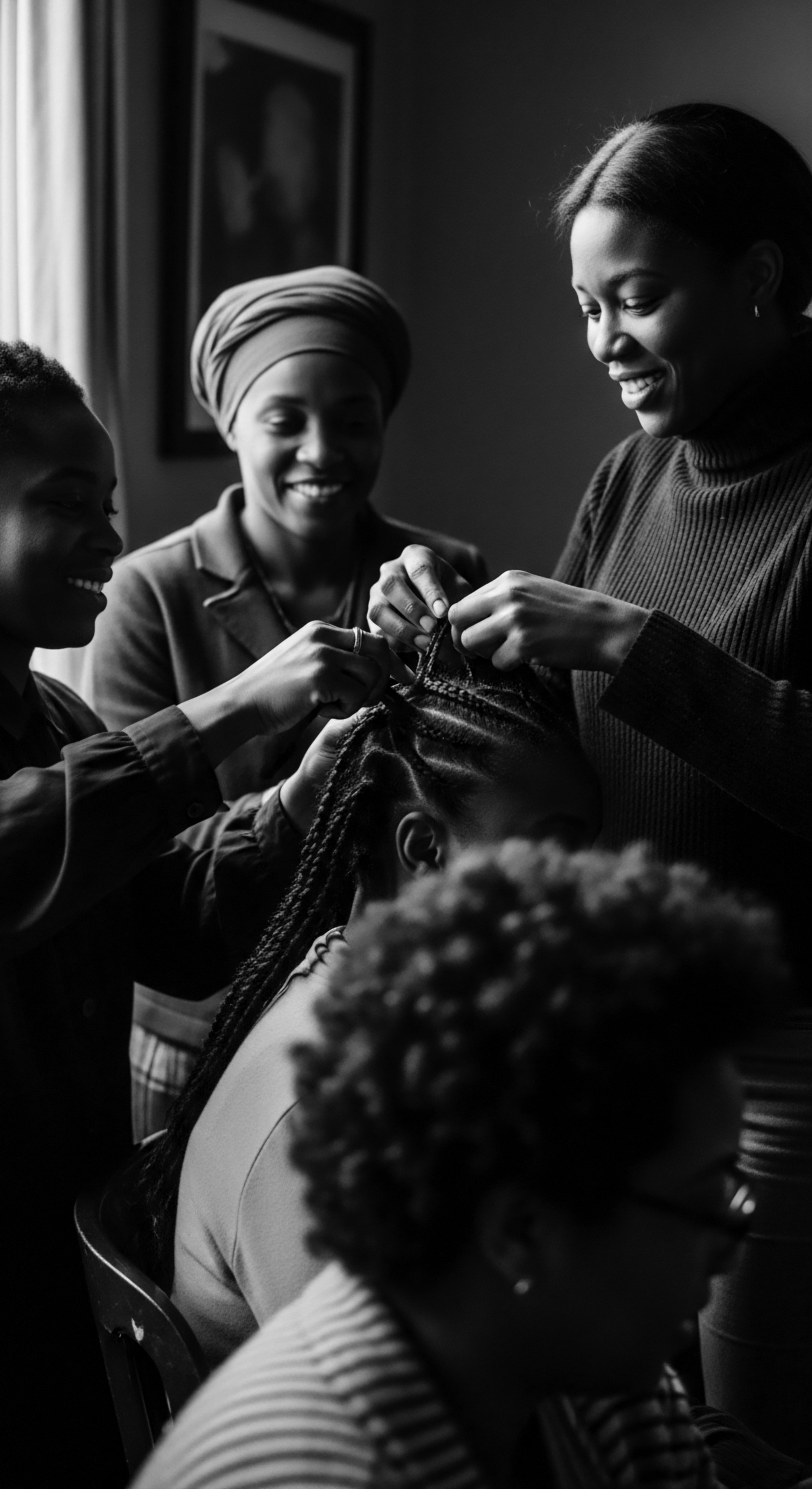
Ritual
The hands that braid, twist, and adorn are not merely stylists; they are keepers of ancient ceremonies, conduits of stories passed through touch. The rituals of textured hair styling are living archives, each movement a reaffirmation of continuity, a bridge between present expression and ancestral heritage. These practices, honed over countless generations, transcend simple beautification, becoming acts of cultural preservation, communal bonding, and quiet defiance.
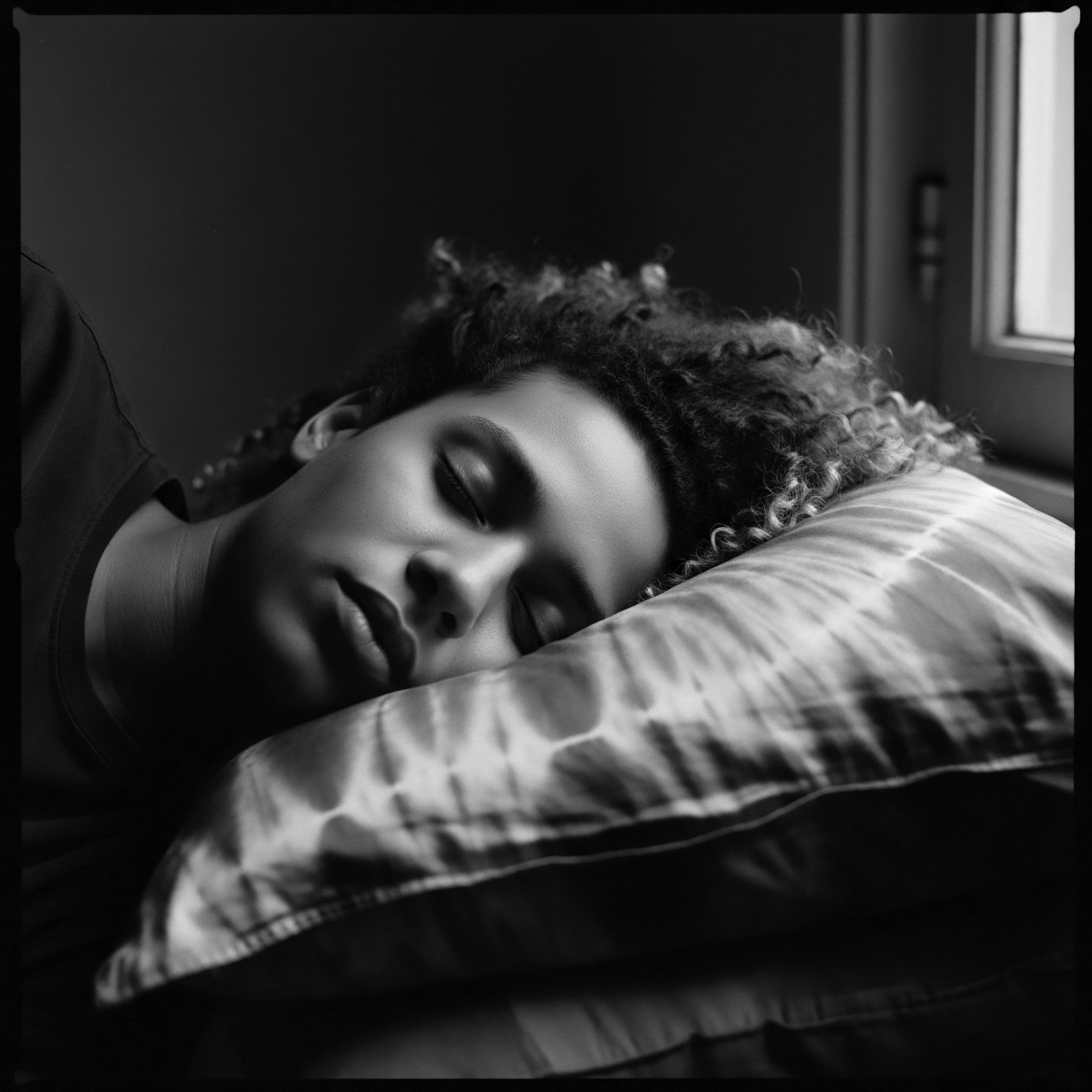
What does Ancestral Styling Reveal about Community and Resilience?
The history of textured hair styling is a chronicle of ingenuity and cultural assertion. Consider cornrows, for instance. Depictions of women wearing these intricate patterns date back to Stone Age paintings in the Tassili Plateau of the Sahara, as early as 3000 BC.
Ancient Egyptians, too, wore cornrows and simple braids, often adorning them with gold thread. This style traveled across the continent, becoming a symbol of social standing, age, kinship, and even wealth in West Africa, Sudan, and the Horn of Africa.
During times of immense adversity, such as the transatlantic trafficking of enslaved Africans, hair rituals took on profound new dimensions. As millions were brutally displaced, often having their heads shaved as a means of stripping cultural identity, the act of maintaining hair became a quiet, powerful resistance. Cornrows, in particular, served as a discreet means of communication and a way for enslaved people to hold onto their heritage.
In Colombia, a historical figure, Benkos Biohó, a captured royal from the Bissagos Islands, famously orchestrated an intelligence network where women would weave escape routes and messages into their cornrow patterns, sometimes even hiding seeds or gold fragments within the braids for sustenance during escape. This specific example highlights the strategic brilliance and cultural depth embedded within these styling traditions.
Styling textured hair extends beyond aesthetics, functioning as a language of lineage and a practice of quiet resistance through generations.
The practice of braiding itself was, and remains, a communal activity. It fosters bonds between individuals and across generations, passing on cultural values and specific techniques. The rhythmic pulling and twisting, the shared space, the conversation—these elements create a sense of belonging and continuity.
Styles like Ghana Braids, first seen in hieroglyphics and sculptures around 500 BC, and Box Braids, traceable to South Africa around 3500 BC, required significant time and skill, often signifying a woman’s social status or readiness for marriage, sometimes adorned with beads or shells. These styles were not merely superficial; they were markers of life, celebration, and collective identity.
| Traditional Style Cornrows (Irun Didi) |
| Historical Origin Sahara (3000 BC), West Africa, Ancient Egypt, Columbia |
| Enduring Cultural Meaning Identity marker, social status, communication medium during enslavement, symbol of resilience |
| Traditional Style Ghana Braids |
| Historical Origin Africa (500 BC), Ghana |
| Enduring Cultural Meaning Cultural, social, religious traditions, close to scalp, varying thickness |
| Traditional Style Box Braids |
| Historical Origin South Africa (3500 BC) |
| Enduring Cultural Meaning Status symbol (wealth, marriage readiness), protective styling, adorned with shells or jewels |
| Traditional Style These styles demonstrate the deep historical roots and continuing cultural importance of textured hair artistry as a reflection of heritage and identity. |
The cultural importance of hair for Black and mixed-race communities is a powerful story of perseverance. The natural hair movement today, gaining momentum with rising acceptance of natural textures, challenges Eurocentric beauty standards that historically promoted chemical alteration. This contemporary shift directly connects to the ancestral understanding of hair as a part of self, a representation of one’s background, and a connection to collective heritage. It mirrors the spirit of reclaiming autonomy over one’s appearance.
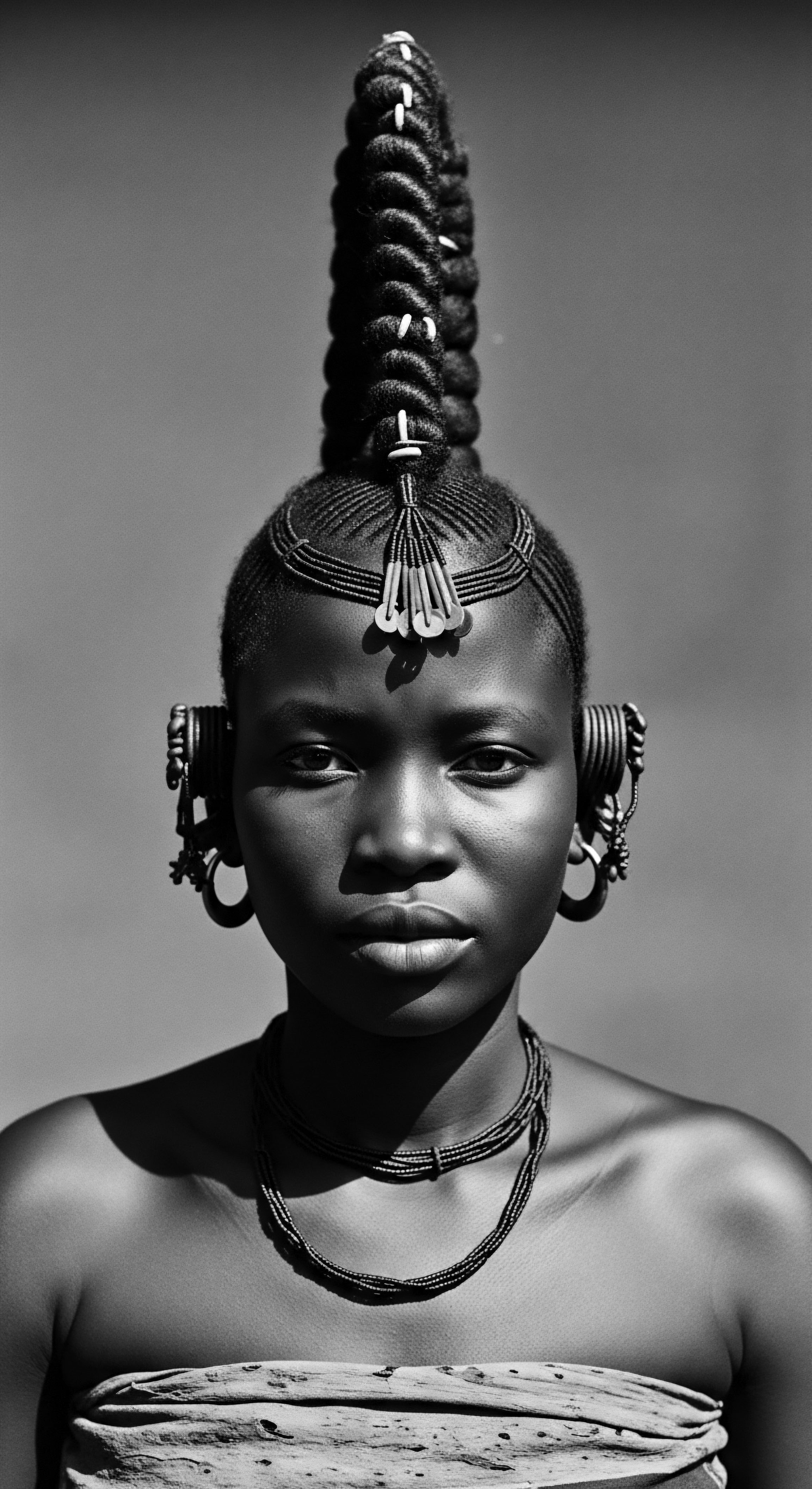
Relay
The ongoing care of textured hair represents a continuous relay of ancestral wisdom, each generation carrying forward practices and knowledge refined over centuries. This regimen is not a static set of rules; it is a living, breathing tradition, adapting to new understandings while retaining its core reverence for the hair’s vitality and heritage.

How does Ancestral Wisdom Guide Modern Hair Care Practices for Textured Hair?
The holistic philosophy of ancestral hair care acknowledged that vibrant hair sprung from a foundation of inner wellness and specific, intentional routines. Traditional approaches often emphasized natural ingredients, understanding their properties through generations of observation and experimentation. Many of these ingredients, like Shea Butter, Cocoa Butter, and Avocado Oil, were used extensively for their emollient properties, providing vital moisture to hair prone to dryness. The application of these butters and oils was not a casual act; it was a purposeful ritual of nourishment and protection.
Consider the widespread historical practice of hair oiling. Ancient Indian Ayurvedic traditions, dating back over 5,000 years, incorporated hair oiling as a wellness method, known as ‘sneha’—a word also meaning “to love”. Similarly, across Africa, various communities used raw butters, oils, and even animal fats as part of their hair care, focusing on length retention and overall hair health.
These traditional formulations, often including ingredients such as Baobab, Marula, Moringa, and various herbal extracts, provided deep conditioning and addressed concerns like hair fall and scalp health. This long-standing tradition of enriching the hair and scalp with natural ingredients points to a deep, inherited understanding of hair’s needs.
- Shea Butter ❉ A staple in West African communities, renowned for its moisturizing and healing properties, widely used today in balms and creams for skin and hair.
- Marula Oil ❉ From Mozambique and South Africa, valued for its moisturizing effects, particularly beneficial for hair and skin.
- Rhassoul Clay ❉ Sourced from Morocco’s Atlas Mountains, traditionally used for its cleansing and mineral-rich properties in hair and body care.
- Chebe Powder ❉ A blend of ingredients from the Basara Tribe of Chad, used for extreme length retention when mixed with oils and fats and applied weekly.
The challenge of balancing traditional care with contemporary life, particularly around physical activity, is a recurring theme. A study revealed that nearly 40% (37.9%) of African American women surveyed reported avoiding exercise at times due to hair-related issues, often out of concern for disrupting straightened styles or managing moisture. This highlights a tension between modern societal expectations and the time-honored practices that maintain hair health and appearance. The ancestral wisdom of protective styling, which minimizes manipulation and allows for extended wear, becomes particularly relevant here, offering solutions that honor both activity and hair care.
The generational transfer of hair care wisdom continues to adapt, addressing contemporary challenges with age-old solutions for hair health.
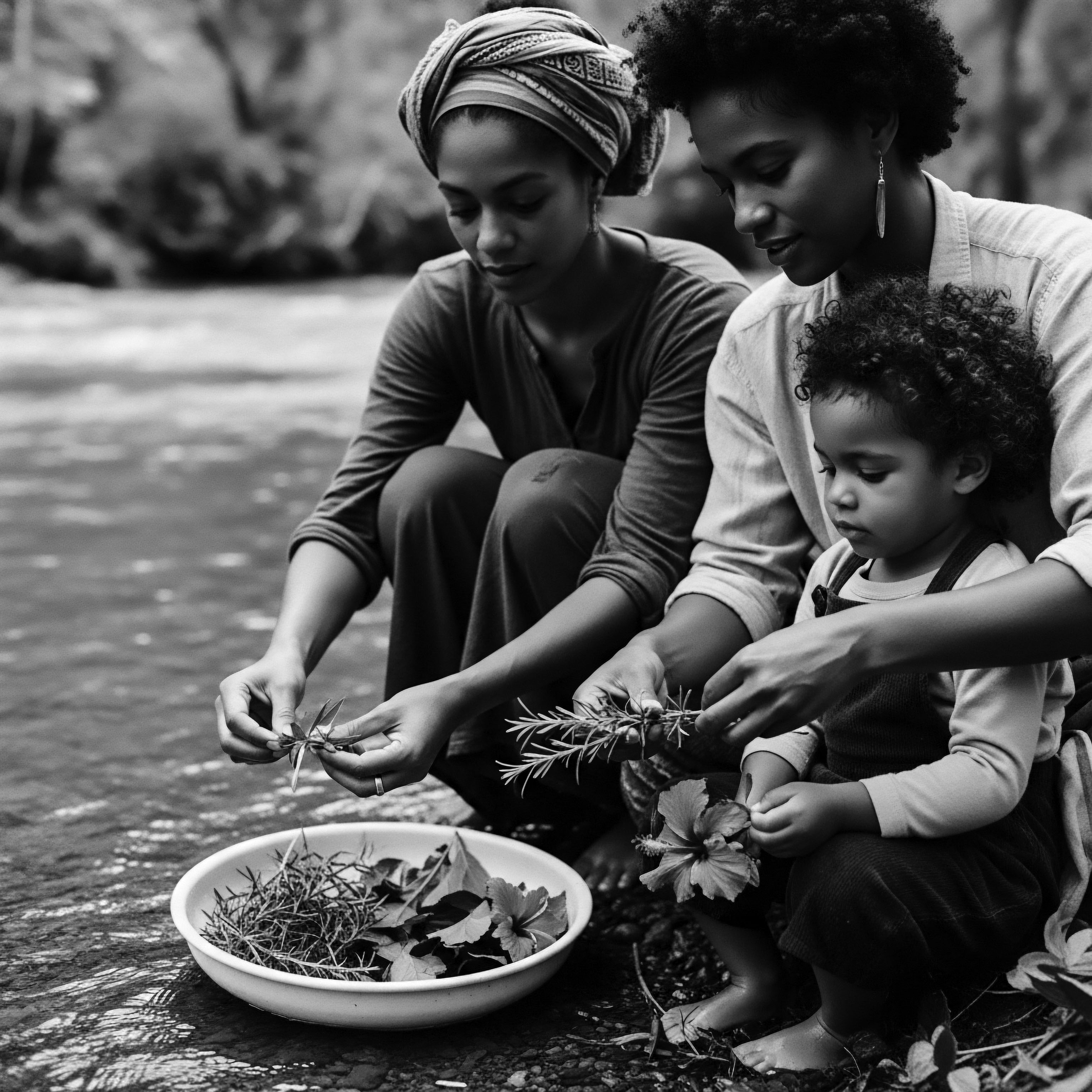
What Role do Nighttime Rituals and Traditional Accessories Play in Heritage Care?
Nighttime care for textured hair is a testament to the ancestral understanding of protection and preservation. The use of head coverings, for instance, has roots in practical necessity and cultural significance across various communities. While modern bonnets and wraps offer a convenient way to reduce friction and retain moisture overnight, they echo a much older practice of protecting hair, sometimes with intricately designed wraps that were part of daily attire or ceremonial dress. This foresight in safeguarding delicate strands against breakage and moisture loss, even during sleep, speaks volumes about the depth of ancestral knowledge.
The choice of specific ingredients also points to a rich ethnobotanical heritage. Dr. Ina Vandebroek’s research on Dominican ethnobotany, for example, explores how plants are used for health in Caribbean diaspora communities, including for self-care. While her work focuses on medicinal uses, the underlying principle of utilizing natural botanicals from local environments for wellness extends naturally to hair care.
Many communities drew directly from their surroundings to formulate washes, conditioners, and emollients. Aloe vera, for instance, a hardy plant with succulent leaves, is a culturally significant species in Dominican traditional medicine that has likely found its way into hair care regimens for its soothing and moisturizing properties. The sustained use of such plant-based remedies underscores a continuity of knowledge.
These practices often extend beyond the physical realm, connecting to broader holistic wellness philosophies. Hair, in many traditions, is not merely a physical attribute; it is seen as a conduit for spiritual energy, a symbol of strength, or a connection to ancestors. Thus, caring for the hair becomes an act of self-reverence and a way of honoring one’s lineage. The continued use of traditional remedies, often prepared at home, fosters a sense of agency and connection to cultural roots that modern, mass-produced products cannot replicate.
- Oiling ❉ Regular application of natural oils and butters to the scalp and strands to moisturize, strengthen, and promote growth, a practice spanning thousands of years across various cultures.
- Protective Styles ❉ Techniques such as braiding, twisting, and coiling hair close to the scalp to minimize manipulation, prevent breakage, and preserve length.
- Herbal Infusions ❉ Using plant extracts like aloe, rosemary, or fenugreek to prepare rinses or treatments for scalp health and hair vitality.
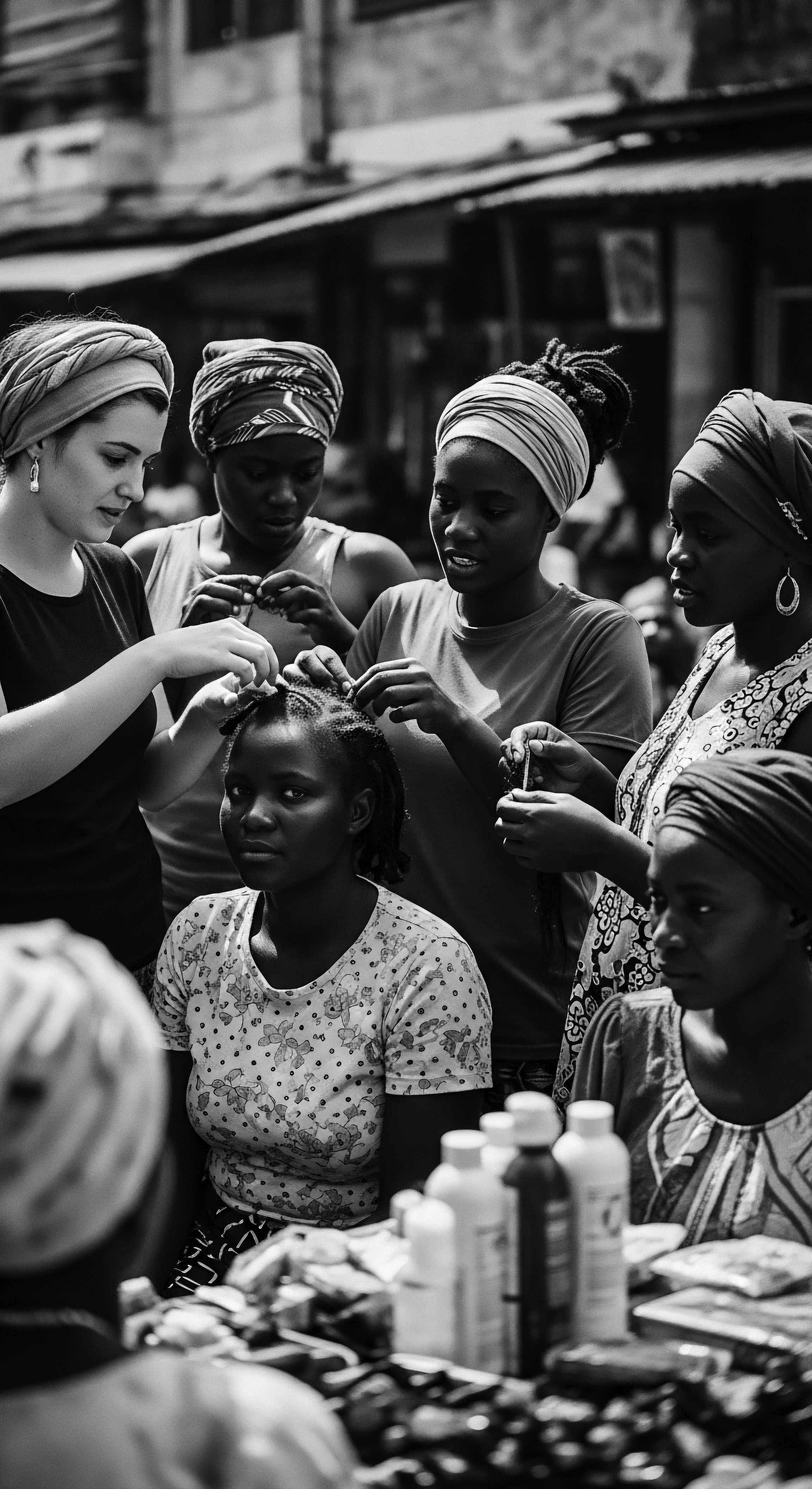
Relay
The ongoing dialogue between ancient wisdom and contemporary understanding shapes the continuing journey of textured hair heritage. This is a story of adaptation, of carrying forward what serves, and reinterpreting traditions for a new generation while always honoring the source. The relay of knowledge ensures that what was learned yesterday can inform better practices for tomorrow.
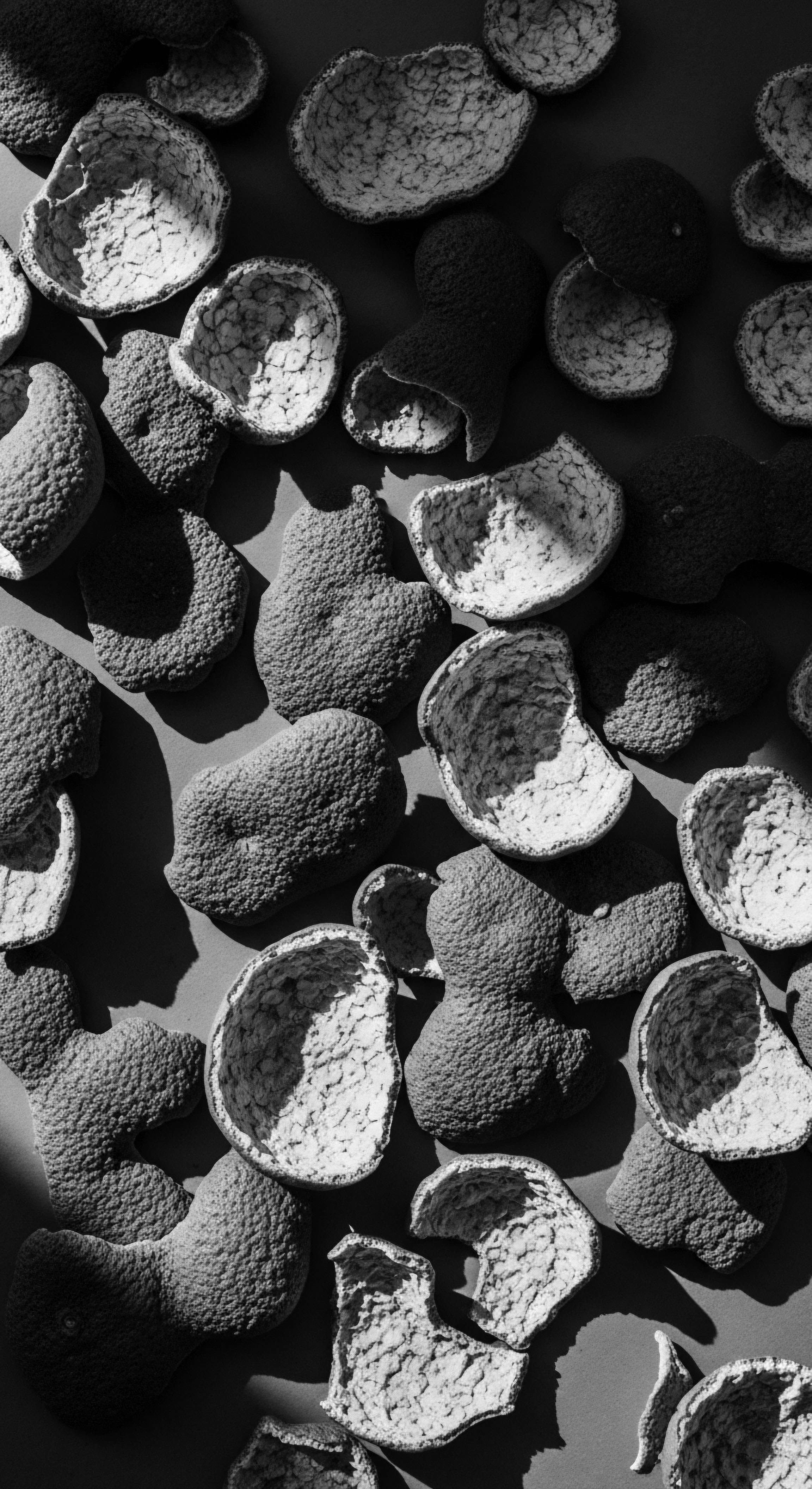
How does Science Validate Long-Standing Ancestral Hair Care Practices?
The meticulous observations of generations, passed down through oral tradition and practiced rituals, often find compelling validation through modern scientific inquiry. Take, for instance, the widespread ancestral use of plant-based oils and butters for textured hair. Modern scientific understanding confirms that the unique structure of coily and curly hair, with its propensity for dryness, greatly benefits from emollients that seal in moisture and reduce breakage. Ingredients like Shea Butter and Argan Oil, long mainstays in African hair care, are now recognized for their rich fatty acid profiles and ability to penetrate the hair shaft, providing superior hydration and protection.
Research in ethnobotany, the study of the relationship between people and plants, sheds light on the precise mechanisms behind traditional remedies. For example, studies on African plants used for hair care identify numerous species with potential for treating issues like alopecia and dandruff. Some of these plants contain phytochemicals that promote hair growth, improve blood flow to the scalp, or possess antimicrobial properties that address scalp infections.
This convergence of traditional knowledge and scientific validation allows us to appreciate the depth of ancestral insight. It demonstrates that the efficacy of these practices was not accidental; it stemmed from a profound, empirical understanding of the natural world and the hair’s needs.
| Traditional Ingredient Coconut Oil |
| Ancestral Use Deep conditioning, scalp soothing, moisture retention |
| Contemporary Scientific Understanding Penetrates hair shaft, reduces protein loss, provides emollient benefits |
| Traditional Ingredient Aloe Vera |
| Ancestral Use Soothing scalp, moisturizing, promoting health |
| Contemporary Scientific Understanding Anti-inflammatory, hydrating, contains enzymes that repair skin cells |
| Traditional Ingredient Amla (Indian Gooseberry) |
| Ancestral Use Hair growth, preventing greying, strengthening roots |
| Contemporary Scientific Understanding Rich in Vitamin C, antioxidants, supports collagen, promotes scalp circulation |
| Traditional Ingredient The enduring use of these natural elements speaks to an ancient wisdom now being affirmed by scientific investigation into their inherent properties. |

What are the Cultural Dynamics of Modern Textured Hair Acceptance?
The cultural landscape surrounding textured hair has transformed significantly, yet the echoes of historical struggle remain. For centuries, Eurocentric beauty standards often devalued natural Black and mixed-race hair textures, leading to widespread use of chemical relaxers to achieve straightened styles. However, recent decades have seen a powerful resurgence of the Natural Hair Movement, where individuals actively choose to embrace their inherent textures.
This shift is more than a trend; it is a profound reclamation of heritage and a rejection of imposed beauty norms. A significant statistic points to this movement ❉ between 2008 and 2013, relaxer sales saw a 26% decrease, reflecting a growing preference for non-chemically altered hair among women of African descent. This represents a conscious decision to connect with ancestral beauty and resist historical pressures for conformity. It shows that styling choices are not merely about aesthetics; they are deeply tied to personal identity, collective pride, and a renewed appreciation for the diversity of hair textures.
The journey of textured hair reveals an unbreakable link between historical practices, cultural identity, and self-acceptance in the present day.
The advocacy for natural hair acceptance also extends to legal and societal shifts. The CROWN Act in the United States, for example, seeks to end discrimination based on hair texture and protective hairstyles, recognizing the deep cultural significance of these styles for Black people. Such legislation reflects a growing societal awareness that hair is inextricably linked to cultural identity and should be protected from bias. This evolving understanding ensures that the ancestral traditions of hair care and styling can persist and flourish in a more affirming environment.
The dialogue between ancient practices and modern demands also plays out in the marketplace. There is a rising demand for hair care products specifically formulated for textured hair, often incorporating traditional African ingredients. The global Black Hair Care market, valued at USD 7.5 billion in 2024, is projected to reach USD 12.58 billion by 2031, driven in part by this embracing of natural hair and the desire to nurture traditional hair care practices. This commercial growth reflects a cultural shift where valuing heritage translates into specific consumer choices, creating a positive feedback loop for traditional practices.
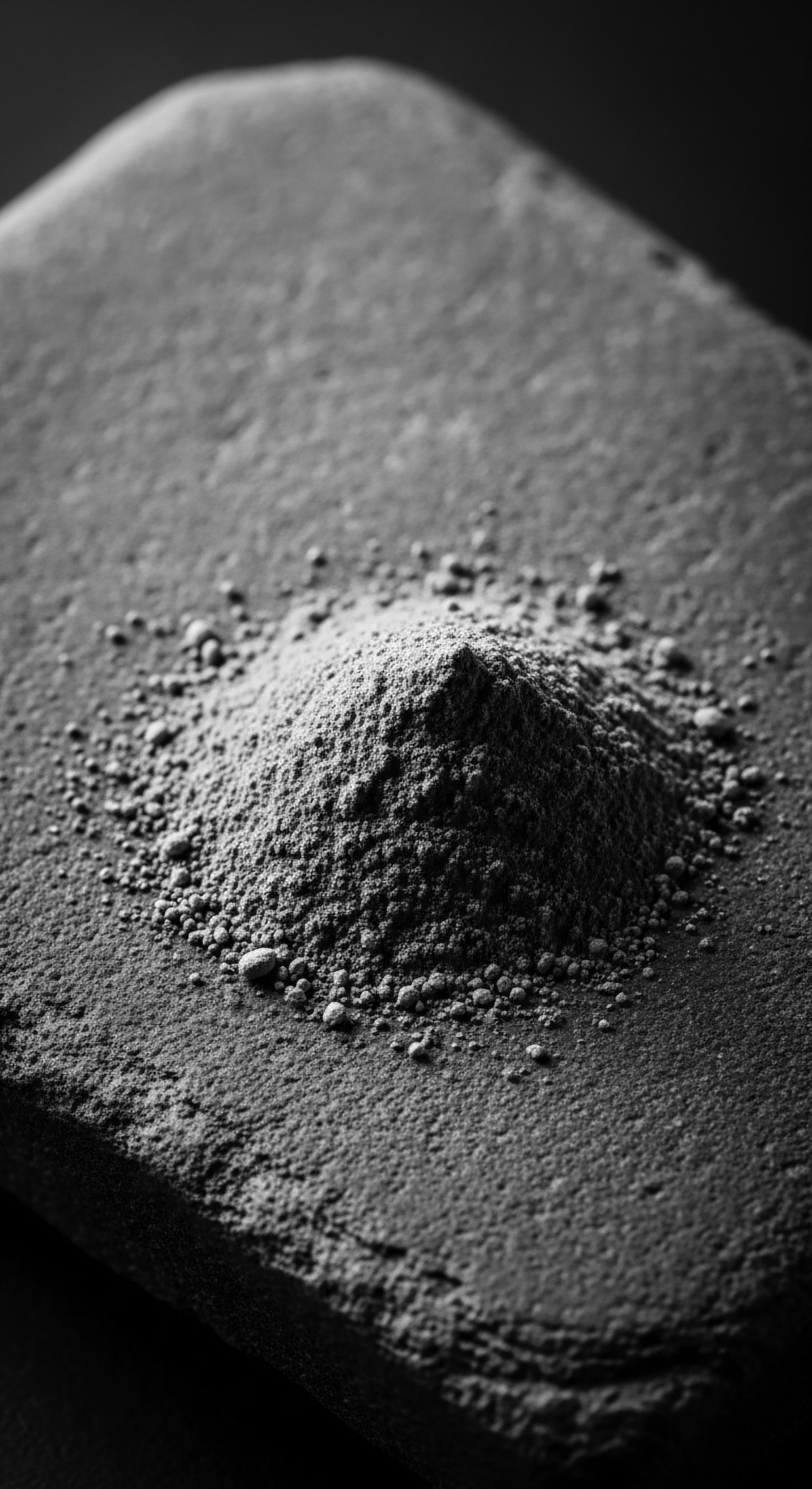
Reflection
To consider the enduring spirit of ancestral hair traditions is to gaze into a living mirror, one that reflects both the depths of history and the vibrant pulse of contemporary life. Textured hair, in its myriad forms, carries the weight of a powerful legacy—a narrative of resilience, cultural preservation, and a profound connection to self and community. From the meticulous braiding patterns of ancient civilizations, serving as maps of identity and rebellion, to the deep nourishment offered by age-old botanical remedies, these traditions persist not as relics, but as dynamic, breathing expressions of heritage.
The ‘Soul of a Strand’ ethos, therefore, is not a poetic abstraction; it is a tangible reality. It speaks to the inherent wisdom embedded in every coil and curl, a wisdom that has guided generations in care, adornment, and self-expression. Understanding these ancestral practices allows us to appreciate the scientific ingenuity woven into their very fabric, the intuitive grasp of biology that predated modern laboratories.
It allows us to recognize the profound cultural significance of hair, how it has served as a silent language, a symbol of defiance, and a celebration of collective identity across diasporic communities. As we continue to learn, adapt, and innovate, the foundation remains tethered to the enduring wisdom of those who came before, ensuring that the legacy of textured hair care and its rich heritage continues to illuminate our path forward.
References
- Ajao, T. (2022). Black History Month 2022 ❉ The History Behind Cornrows. Beds SU.
- Byrdie. (2022). The Beautiful, Black History of Cornrows.
- Genesis Career College. (2022). History of Braids ❉ More Than Just a Hairstyle.
- Fix Salon. (2024). Celebrating Diversity ❉ Cultural Influences on Hair.
- Nyela, O. (2021). Braided Archives ❉ Black hair as a site of diasporic transindividuation. YorkSpace.
- Wikipedia. (n.d.). Cornrows.
- Fulham Palace. (n.d.). Hair.
- Agyemang, T. (2024). Cosmetopoeia of African Plants in Hair Treatment and Care ❉ Topical Nutrition and the Antidiabetic Connection? MDPI.
- From Nature With Love. (n.d.). African Skin and Hair Care Ingredients.
- Africa Imports. (n.d.). Traditional African Secrets For Long And Healthy Hair.
- Patterson, P. (2020). Hair care products used by women of African descent ❉ review of ingredients. Cutis, 105(4), 183-188.
- Kurl Kitchen. (2024). The Cultural Significance Of Natural Hair In Different Communities.
- Russell, J. (2007). It’s Not Just Hair ❉ Historical and Cultural Considerations for an Emerging Technology. The Scholar and Feminist Online, 5(2).
- Robinson, K. (2023). Strands of Inspiration ❉ Exploring Black Identities through Hair.
- Reddit. (2021). No raw oils and butters vs. Traditional African hair care? ❉ r/Naturalhair.
- Vandebroek, I. (2023). Traveling Traditions ❉ Dominican Ethnobotany in Service of Caring for the Community. Peter Lang.
- The University of the West Indies, Mona. (n.d.). Ina Vandebroek | Department of Life Sciences.
- Formula Botanica. (2021). 10 Natural African Skincare Ingredients.
- NIH Record. (2024). Ethnobotany Health Options Explored in Caribbean, Latin Diasporas.
- Kalagura Gampa Store. (n.d.). Herbal Hair Oil |Ancient Homemade Formula|200ml|.
- Mustafa, K. (2020). Ethnobotanical and Pharmacological Importance of the Herbal Plants With Anti-Hair Fall and Hair Growth Activities. ResearchGate.
- Singal, R. (2022). Afro-Ethnic Hairstyling Trends, Risks, and Recommendations. MDPI.
- Henry Ford Hospital. (2012). African American Women, Hair Care, and Health Barriers. PubMed Central.
- Qureshi, J. (2023). Formulation and evaluation of Murraya koenigii and Trigonella foenum for hair promoting activity with natural care.
- Research & Markets. (2025). Black Hair Care Market size & Trends Research.
- Society for Ethnobotany. (n.d.). Caribbean Chapter.
